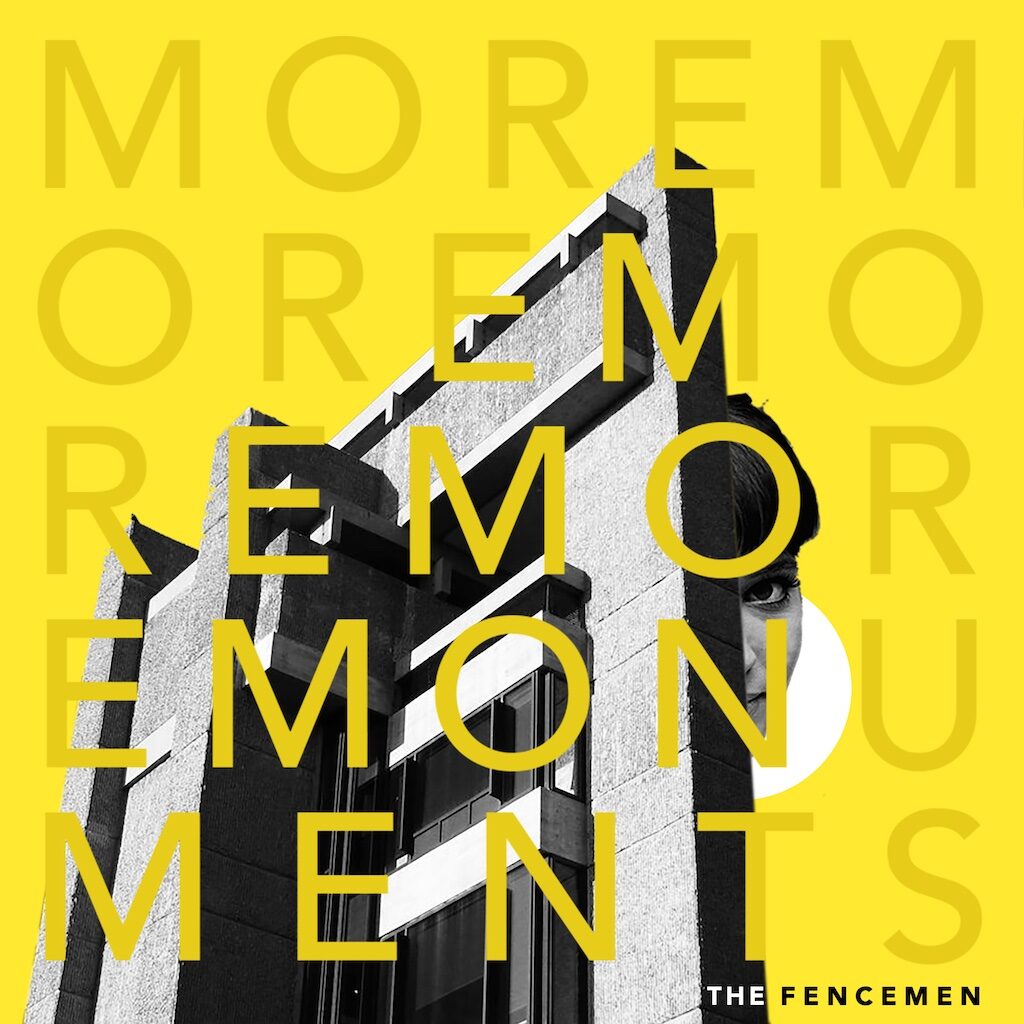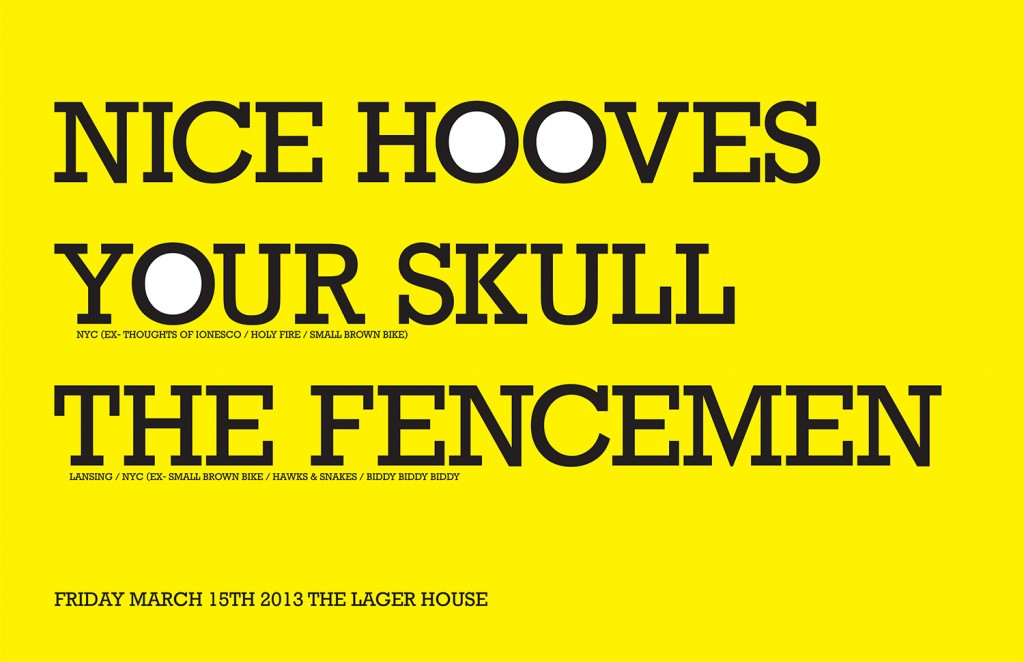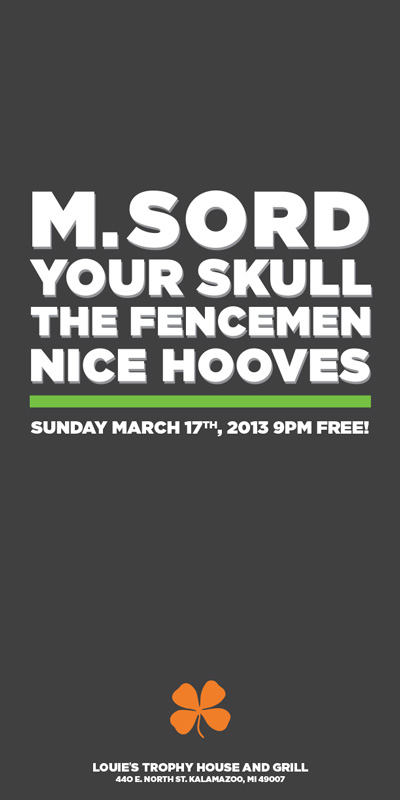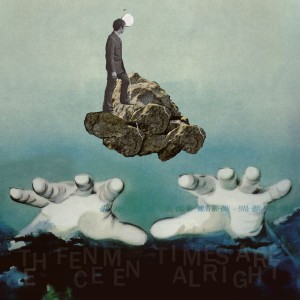
(NOTE: I’m aware that some sweeping generalizations are made here. I intend to deeply sift through this further down the road.)
I play many different styles of music. Regular readers may already know this but, for example, in the last six months I’ve gigged in the following styles: Americana, folk/singer-songwriter, cocktail/wallpaper jazz, “jam band” (for lack of better term – improvisatory rock), sound/ambient, musical theater (Annie), rock. And I’m already in the process of lining up further disparate gigs over the next few months. I’m well aware that I’m not unique for doing so. A number of my colleagues and peers do the same, and there are many musicians in general that do so. However, one supposedly “limiting” factor is that I’m doing all of these gigs on saxophone (tenor, soprano, alto; plus the occasional flute and/or clarinet).
The jazz-, musical theater-, and classical-oriented stuff is no big thing in the sense that there’s already a place for me. In the latter two cases, the music is precisely notated in such a way that there should be no deviation from one performance to the next. In jazz, the history and vocabulary provides a natural context for the horn regardless of who I’m playing with. However, many of the other styles – notably rock, indie, and others of such ilk – aren’t common settings for my instrument. And in those cases where sax is often used, especially in older rhythm and blues and rock and roll styles, it’s performed in such a specific manner that eschewing such conventions – growling, squealing, blues-ing – can be jarring. It’s not that I dislike such affectations – quite the opposite – but over time they created a box that largely remains today.
Over the last four decades, the saxophone has been a sort of cameo rock instrument. (Before then it was often a staple.) When present it is noticeable. It usually seems to be the case that it’s “band + saxophone” as opposed to a band that happens to have a saxophone as a mainstay. There are of course exceptions to this rule – my beloved Dave Matthews Band springs to mind. In the case of DMB, the sax originally substituted the position of lead guitar (trading such responsibilities with violin). Also with DMB, the music has enough jazz-, jam-, or crossover influence to comfortably allow a variety of instruments to fit in. Another band known for marathon concerts, Bruce Springsteen’s E Street Band, of course features sax (the late Clarence Clemons, now his nephew Jake Clemons and Eddie Manion). However, even with The E Street Band, the heavy guitar presence sort of places the sax within the aforementioned box. (Disclaimer: I’m not intimately familiar with Springsteen’s deep cuts, but these are my impressions having explored his catalogue as much as I have.) Just picking one song off the top of my head, “Rosalita” definitely follows in the “rock sax” tradition. Even Pink Floyd‘s use of the saxophone stayed mainly within this vain – e.g., “Money,” “Us and Them,” and “Shine On You Crazy Diamond Pt. 1” (the latter being perhaps my favorite PF song). There’s even a hint of it in Ron Holloway’s playing with The Warren Haynes Band (last week’s MTH-V). Or you could just listen to some George Thorogood. Or Bob Seger. Or…you get the picture…
It’s worth reiterating that I have nothing against the above sax examples or style at large. For the most part, I quite like all of them. But they passively reinforce the stereotypical “rock sax” sound – a near-anachronistic rhythm and blues punch in the face of the 70s, 80s, 90s, or 2000s listener. It’s as if the saxophone stayed in the fifties and sixties while rock continued to evolve alongside it over the next four decades.
Whenever I play with a rock band – sitting in or regularly – I’m compared, consciously or otherwise, to this tradition. (And I mean a real rock/pop band, not just a funk/fusion band that features an electric guitar.) Though I always appreciate it, I can’t help but laugh a little each time I’m told something to the effect of, “I didn’t know what to expect when I saw the saxophone” or “that was really good [or different, in a positive way]!” Because I know that that comparison took place at some point in the performance, even if only for a few milliseconds. And why shouldn’t it? That old R&B – the real R&B: rhythm and blues – sound is deeply embedded in that aural combination of “band + saxophone.”
By no means do I think I’m going where no saxophonist has gone before by avoiding this hangup. To cite a current example, one of the many things I love about Bon Iver‘s sophomore album is Colin Stetson‘s saxophonic contributions. (“MTH-V” on Bon Iver is here.) He plays throughout the material but is rarely at the sonic forefront – his presence is felt as well as heard. And his choice to mostly play the bass saxophone (with some alto and clarinet thrown in for good measure) is definitely unique in a rock setting. He is effective because he adds another noticeable, functional layer without sonically drawing attention to himself. If you were to just sit down and listen to Bon Iver straight through, you wouldn’t necessarily consider it “band + saxophone” (or “band + French horn,” etc.), but rather just a band.
(There are of course other modern/recent examples – Morphine springs to mind.)
When I’m playing with a band – rock, folk, jazz, or anything remotely along those lines – I don’t necessarily think of myself as the saxophonist per se. Instead I’m just another musician in either a lead or supporting role. Or both. Idealistic? Perhaps. But it has an effect on my thinking and consequently my playing. This of course is part of trying to find one’s “authentic voice,” to quote George Carlin. A primary goal for any musician or artist of any kind is to hone one’s craft to the point of developing an original voice/POV. This shouldn’t exist in a vacuum – ideally I should sound like me regardless of style. As I’ve said many times before, I grew up on rock and pop music. The sound is buried in my DNA. If anything I just see myself as another guitarist without getting hung up on the instrument hanging from my neck.
In Teag & PK, for instance, I have a lot of room to explore. There are just two of us – Matt (guitars, vocals, effects, electronics) and myself (saxes, flute) – and we cover a lot of stylistic ground from experimental ambience to straight-ahead songs. (More on that here and here.) The ambient improvisations are “easier” than the songs in the sense that the sonic landscape is wide open and there’s mostly no form. The more indie-esque songs are challenging at first because it’s often tricky to figure out where and how to implement a monodic instrument without getting in the way of Matt’s chords and voice. We can’t always have countermelodies – that’d get old fast. And I don’t want to just stand there as the de facto soloist in the final act of every song. So instead I find other ways to fit and truly collaborate: subtone a bass line, offer responsorial phrases, play an occasional counter-melody, regularly switch instrumental for timbral effect, etc. In a number of songs I’m able to fill out our sound without distracting from Matt’s singing; it’s truly a duo instead of an alternating singer and soloist.
Regarding straight-ahead rock, I’ve recently been sitting in with The Fencemen. (They’re rock with a capital R-A-W-K.) It started as a one-off recording contribution but I’ve since sat in on a couple live shows. As a bit of an experiment on their part (I’m guessing), they gave me carte blanche on the last gig’s entire set. I did my homework – happily so; their upcoming debut album is great – and did what I thought was best for each song. The band’s instrumentation of vocals, guitar, bass, drums, and keys is already sufficiently full, so above all else I intended to stay out of the band’s way. I gave myself some legitimate “parts” that simply enhanced the texture in some areas, other times I soloed. And other times I simply acted as a second guitarist, complementing the primary guitar parts. At no time did I stress over where to put a saxophone. Instead I thought about where I, not my instrument, would fit. (And if the answer was nowhere I’d lay out.) I didn’t want to just add sound for the sake of adding sound. I wanted to do fit inside what was already there. And it seemed to work. (For the most part, at least.)
Understandably, the above two examples may not seem like much. But I can tell you that, from a horn player’s perspective, the impulse to play a lot of notes is enormous and difficult to temper initially. In classical and jazz ensembles the saxophone often has a busy, featured part. This creates a sort of default mentality of always needing to play similarly in all settings. And on top of wanting to let the fingers fly, a trap I’ve seen a number of people fall into is a stylistic misunderstanding. It’s not uncommon to see a horn player execute jazz licks within pop music. (I guess that whole “knowing your predecessors” thing only applies to jazz and classical styles?) I’m sure part of it may just be the natural defaulting to what he/she knows best. Beyond that, I’m convinced that part of the reasoning is also a mindset that focuses on a traditionally “jazz” or “classical” instrument juxtaposing with a pop style. This then reinforces the reverting to type that often occurs.
I’m not going to allow my choice of instrument limit my choice of style. It’s not that I have “guitar envy.” Obviously I love the saxophone or I wouldn’t have spent all these years devoted to it. In fact, in full disclosure, I’ve played in the aforementioned “rock sax” style a number of times – sometimes that really is the best option. But often it’s definitely not the only option. An instrument is just a means of expression, not an end. And despite all my rage I won’t be just another horn in a cage…
(Photo: Meat Loaf as Eddie in Rocky Horror Picture Show. Duh.)






